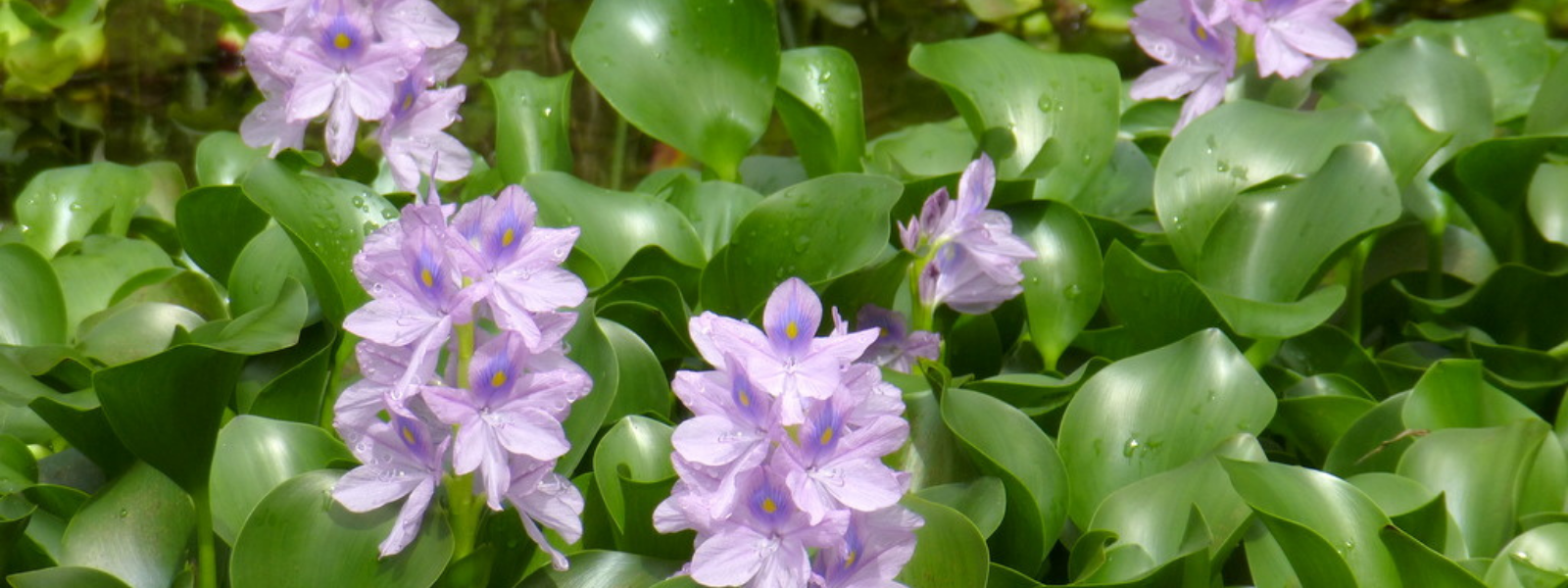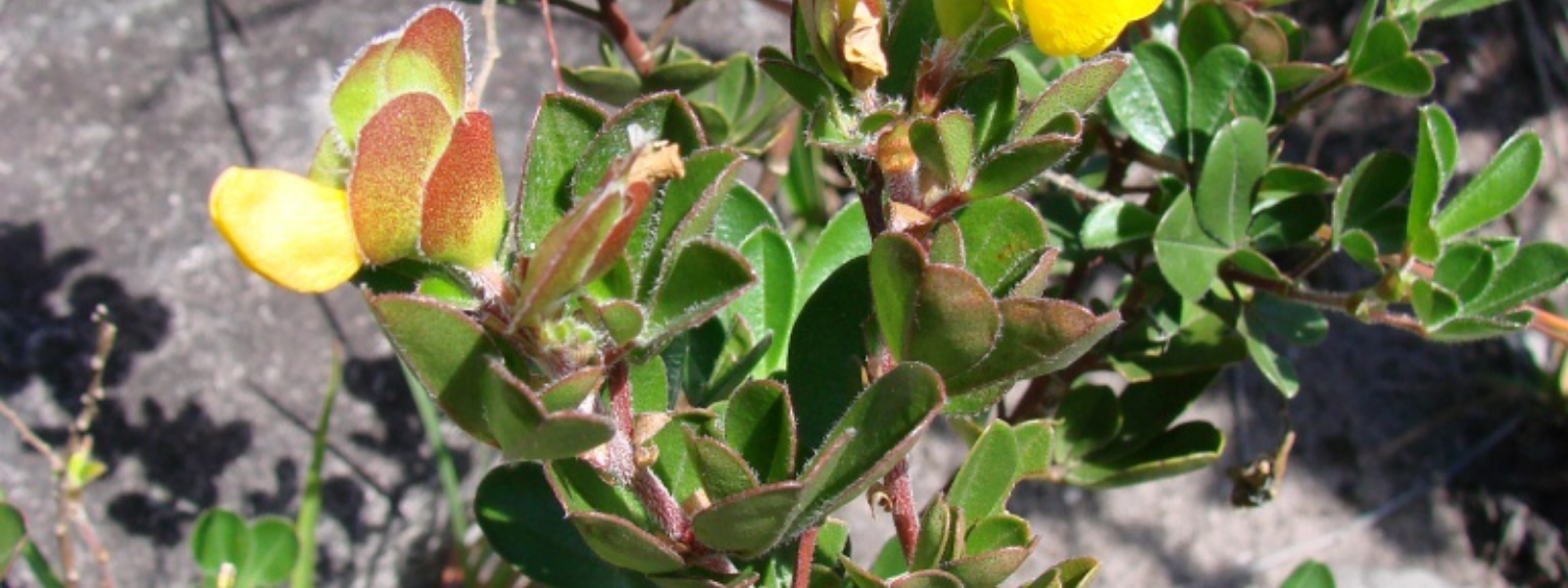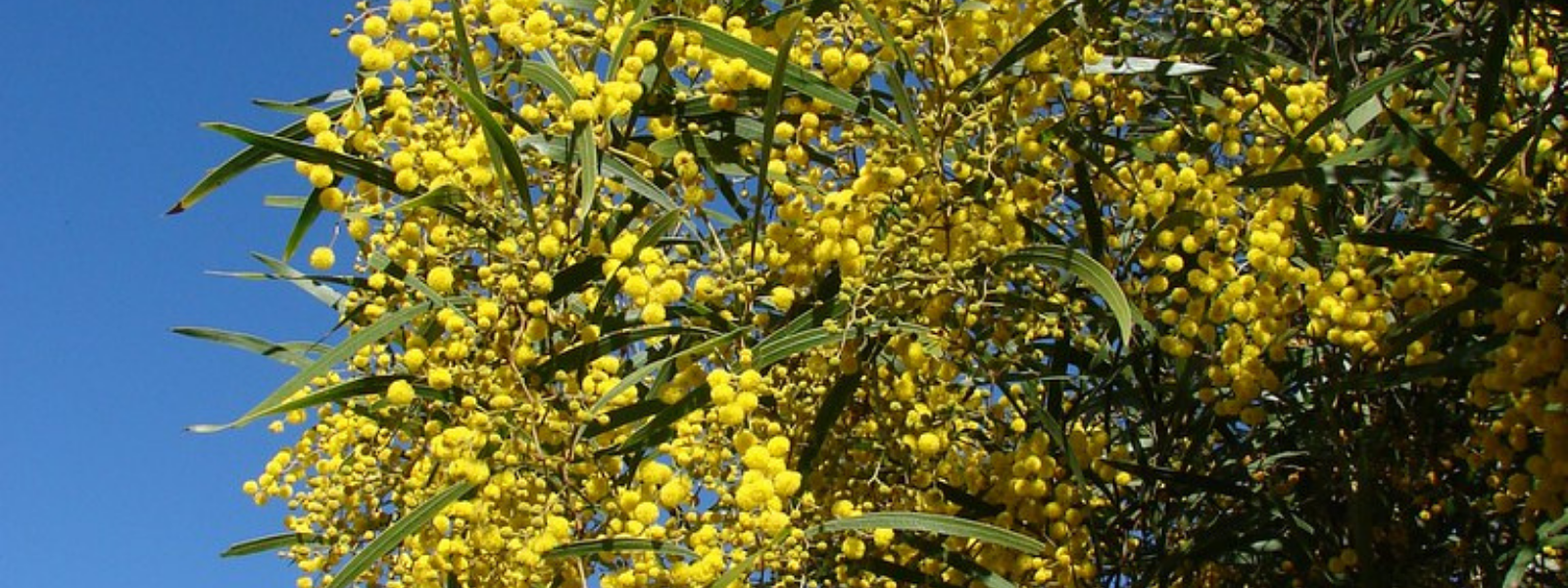
Common Name
Water Hyacinth, Floating Water Hyacinth, Water Orchid, Nile Lily
Scientific Name
Eichhornia crassipes
Family
Pontederiaceae
Lifecycle
Perennial
Seasons of Growth
Year-round
Key Distinguishing Feature
Free-floating aquatic plant with showy lavender flowers
Growth Form: Water Hyacinth is a floating aquatic plant with thick, bulbous, and spongy stalks that enable it to float on the water's surface. It forms dense mats of vegetation.
Leaves: The leaves are round to oval, glossy, and arranged in rosettes. They have a characteristic ribbed appearance and are often green, but they can vary in colour.
Flowers: The flowers of Water Hyacinth are showy and lavender to violet in colour. They have a distinctive appearance with a central "spike" surrounded by six petals.
Roots: The roots of Water Hyacinth dangle beneath the water's surface, providing buoyancy.
Reproduction: Water Hyacinth reproduces vegetatively through stolons and daughter plants, as well as by producing seeds.
Ecological Impact:
- Water Hyacinth is considered one of the world's most invasive aquatic plants. In regions outside its native range (South America), it can form dense mats that cover water bodies and have detrimental ecological effects.
- These mats can block sunlight, reduce oxygen levels, and disrupt aquatic ecosystems. They can also impede water flow, hinder navigation, and clog irrigation systems.
Control Methods:
- Control of Water Hyacinth often involves a combination of mechanical, chemical, and biological methods.
- Mechanical methods include the physical removal of the mats from the water's surface.
- Herbicides may be used for control, but care must be taken to use them safely and effectively, following local regulations.
- Biological control measures, such as introducing natural predators or herbivorous insects, are sometimes used to manage Water Hyacinth populations.
- Preventing the spread of Water Hyacinth through contaminated water equipment and taking early action to control small infestations are crucial for effective management.
Water Hyacinth is a highly invasive aquatic plant that requires active management to prevent its spread and protect native aquatic ecosystems and water infrastructure. Local environmental agencies often provide guidance on the best control practices for this invasive species.




